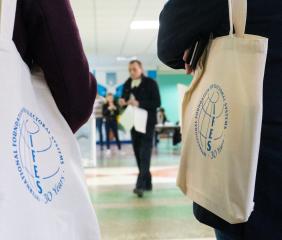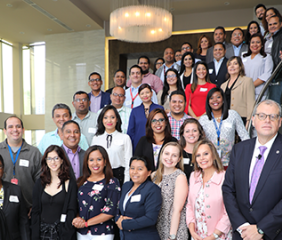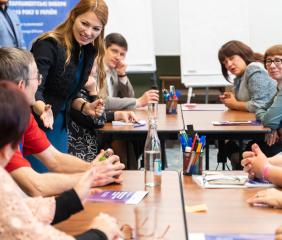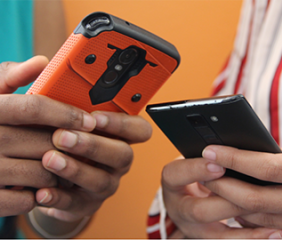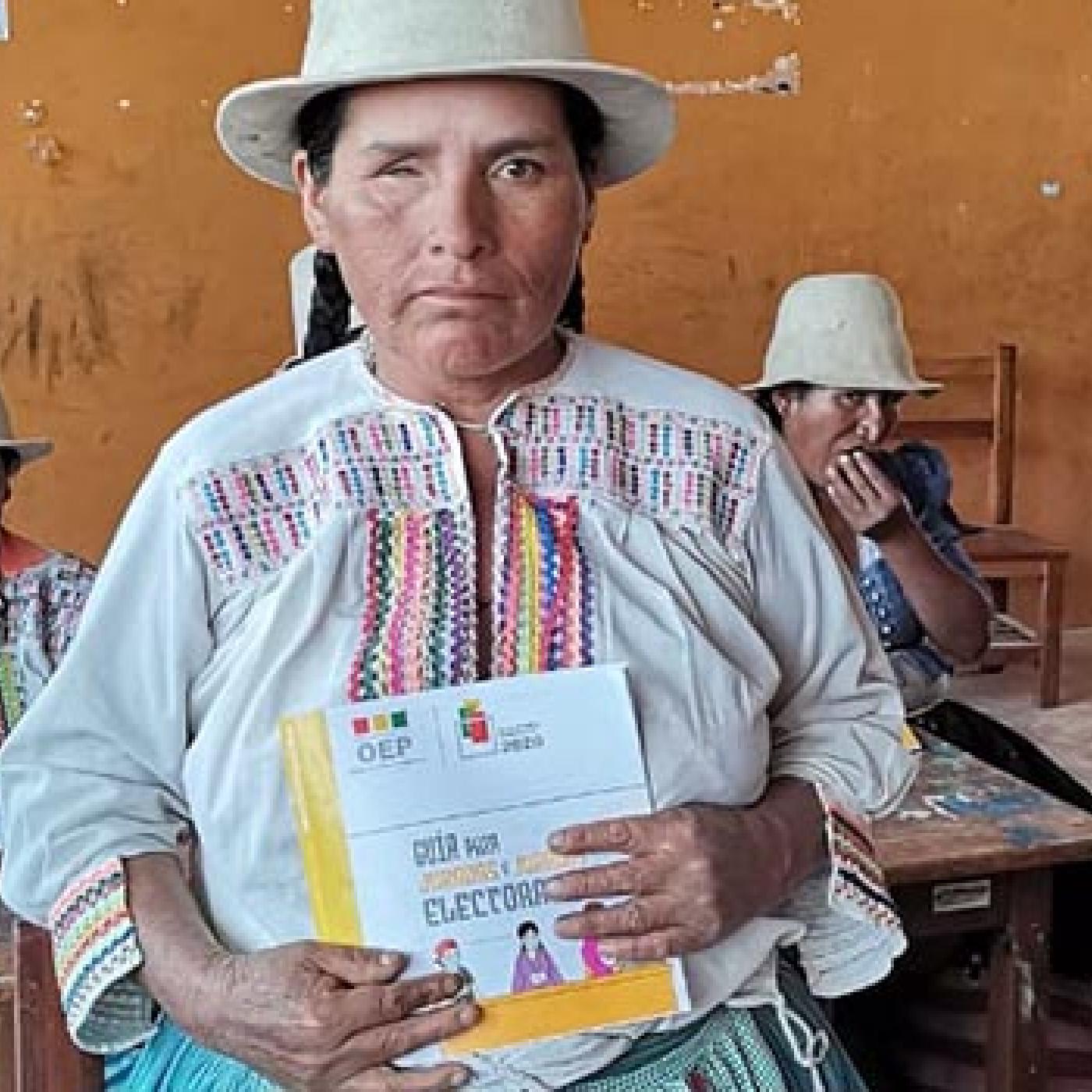Tools & Resources
Filter by
Type
Publication date
Language
Type
Publication date
Language
News & Updates
Feature
IFES Celebrates International Day of the World’s Indigenous Peoples
One of the objectives of IFES' strategic plan is to support all people to safely participate in civic and political life on an equal basis – this objective specifically mentions and prioritizes inclusion of Indigenous Peoples.
Election FAQ
Elections in Bolivia: 2019 General Elections
On October 20, Bolivians went to the polls to elect a president and vice president, 130 deputies and 36 senators. To help you understand this important electoral process, IFES provides Frequently Asked Questions on Elections in Bolivia: 2019 General Elections.
Election Material
Ballot
Bolivia General Election Ballot 2002
Ballot for the 2002 Presidential and General election in Bolivia. Main candidates in the election were Gonzalo Sanchez de LOZADA, Evo MORALES, Manfred Reyes VILLA, Jaime Paz ZAMORA, Felipe QUISPE, Ronald MACLEAN, and Alberto COSTA Obregon.
Election Material
Civic Education Material
Democracy and You
Published by the Namibia Institute for Democracy (NID) in 1999, the book entitled Democracy and You: A Guide to Better Understanding provides Namibians with general information and definitions regarding democratic governance and the structure of Namibian politics. In addition to outlines of the Namibian constitution and government, this book includes a civic education essay competition and repeatedly stresses the importance of democracy.
Election Material
Civic Education Material
The Married Persons Equality Act
This document, published in 1997 by the Namibia Institute for Democracy, outlines the “The Married Persons Equality Act.” The acts primary goal was to abolish marital power and property law. The act outlines the legality of marriage, divorce, spousal rights to personal property and a minimum legal age to marry. Although not focusing on the electoral system this piece nevertheless is an example of the legislative process and civil society development.
Publication
Report/Paper
Mission d assistance technique et d'observation des elections presidentielles du 3 novembre, 1996 a Madagascar: Rapport finale
This final report on the technical assistance and observation mission to the November 1996 Presidential Elections in Madagascar. The report focuses on the electoral code, voter registration, the role of the media and international observers and assesses future programmatic needs of NGOs. Lastly, the report provides a post-election analysis of and recommendations regarding election administration in Madagascar.
November 30, 1996
Publication
Report/Paper
Technical Assistance and Observation Mission to the November 3, 1996 Presidential Elections in Madagascar: Final Report
This final report on the technical assistance and observation mission to the November 1996 Presidential Elections in Madagascar. The report focuses on the electoral code, voter registration, the role of the media and international observers and assesses future programmatic needs of NGOs. Lastly, the report provides a post-election analysis of and recommendations regarding election administration in Madagascar.
November 30, 1996
Election Material
Election and Political Party Law
Administrative Ordinance/Decrees/Decisions Related to The Election of The President of The Republic on Nov. 3, 1996
Administrative Ordinance/Decrees/Decisions Related to The Election of The President of The Republic on Nov. 3, 1996
Election Material
Ballot
Madagascar Presidential Ballot 1996
Presidential ballots used in the first round of Madagascar's 1996 election. The main candidates in the first round were Didier RATSIRAKA, Herizo RAZAFIMAHALEO, and Albert ZAFY.
Election Material
Civic Education Material
Come Si Vota
“How to Vote” is an informative document, available in Italian, issued in 1996 by the Ministry of Interior of Italy, in lead up to the April 21, 1996 Italian General Elections. The document contains instructions on how to mark the ballot and the sample ballots to be used when electing the members of the Chamber of Deputies and Senate of the Republic. Additionally, it contains a brief explanation on the opening time of the polling stations and the ballots to be used in the elections.
